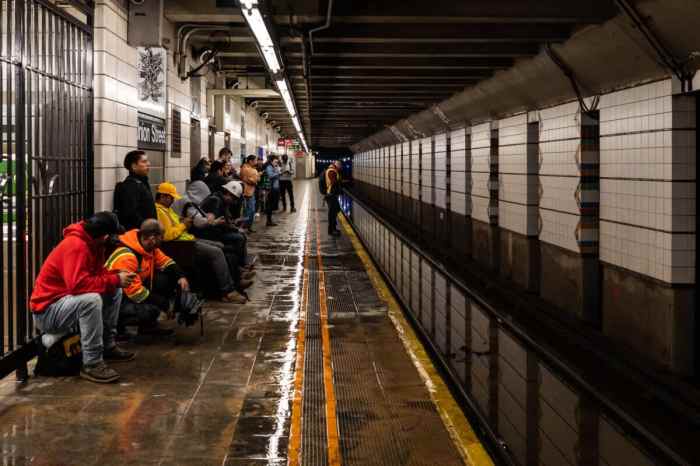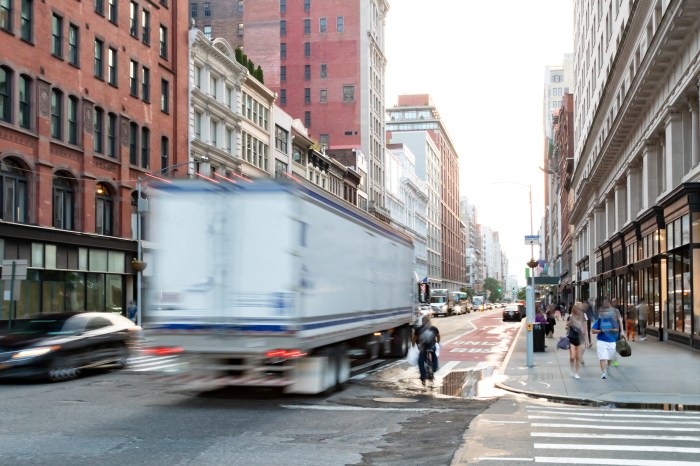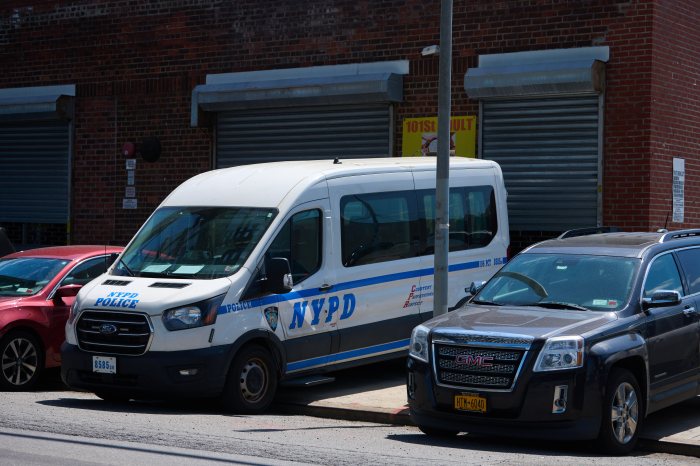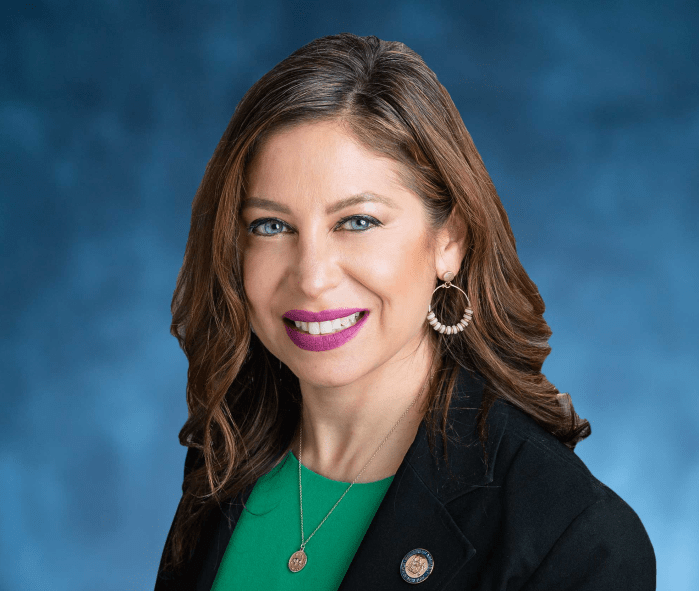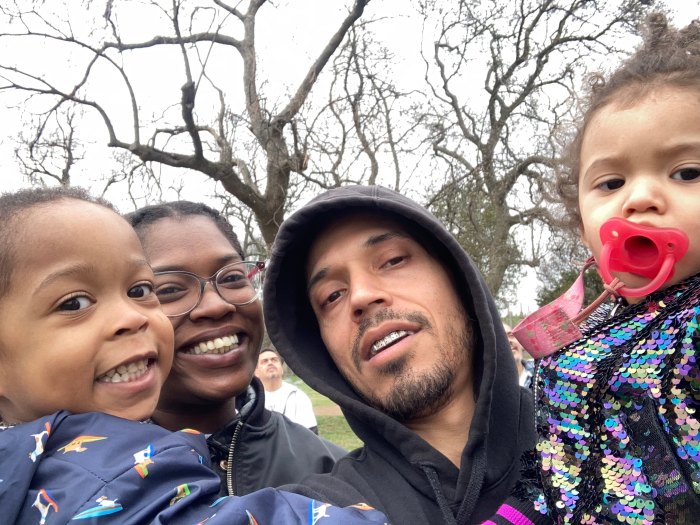Expanding Citi Bike with tax dollars, lowering railroad tickets to $2.75 and renaming a dozen subway stations are the massive changes to New York’s transit system that will be pitched by the top City Council member on transportation Monday. The MTA also pushed back at the city yesterday, calling for it to pay for Access-a-Ride and subsidies for student and senior MetroCards.
Councilman Ydanis Rodriguez will propose the sweeping overhaul during a summit at the NYU Rudin Center that will be attended by the Department of Transportation, the Taxi and Limousine Commission and the Port Authority.
A map will also be unveiled that illustrates the city’s transit deserts — streets that are more than a quarter mile from a subway station. This includes large swaths of Southern Brooklyn, Eastern Queens, the Bronx and Staten Island. Almost 1 million city residents commute an hour each way to jobs that pay less than $35,000 a year, the report notes.
“New York City still has some desert neighborhoods, parts of the city not connected with mass transit,” said Rodriguez.
To connect the city better, he proposes tax dollars to expand Citi Bike into isolated communities to “increase racial and transit equality,” as well as installing at ferry stations.
The Mayor’s Office did not endorse the idea, but didn’t shoot it down. “We look forward to working together to ensure options like Citi Bike and the new citywide ferry system reach communities that have long been underserved,” said spokesman Wiley Norvell.
Rodriguez also wants to lower rail tickets to $2.75 within the city. This would make it cheaper for residents in neighborhoods like Jamaica in Queens and Fordham in the Bronx to bypass the subway. He also proposes running single trains across different rail networks. For example, a train from New Jersey would pass through Penn Station and continue onto Long Island. Passengers would not have to transfer at the hub.
The high-reaching plan comes as the MTA is still struggling with a deficit in its $26.8 billion capital plan. That has to be approved by a state board and funds big projects like the Second Avenue Subway.
“We will review Chairman Rodriguez’s report, especially any suggestions for how to pay for his ideas,” said MTA spokesman Adam Lisberg. “Considering that the city shortchanges by $540 million each year on paratransit service and fares for students and seniors.”
He said in 2014 the MTA paid about $271 million for paratransit services like Access-a-Ride, $172 million for discounted school fares, and about $95 million to subsidize senior fares.
“So before the city comes up with new ideas for unreimbursed expenses, we’d like them to pay their existing ones,” said Lisberg.
Mayor’s office spokeswoman Amy Spitalnick said city residents and workers pay 75% of the MTA’s operating expenses, while the state has raided almost $300 million from transit dollars.
The office also said the city and MTA had an agreement that reduced fares and Access-a-Ride are the MTA’s responsibility, and the city subsidizes them.
Rodriguez will endorse the Move NY plan tomorrow, which would raise money for transit and roads by raising tolls on city crossings and lowering ones on MTA crossings. It is also expected to lower traffic jams.
The MTA chairman Thomas Prendergast said over the summer that the plan isn’t politically feasible and would delay the capital plan further.
Other ideas that Rodriguez will pitch Monday include ending all subway deaths over the next 25 years and the renaming of a dozen stations.
More than 40 people on average were killed when they were hit by trains each year between 2001 and 2012, and 134 people were injured on average each year, the report says. About 65% of deaths were not suicides.
The MTA has been studying how lasers and thermal imaging can detect riders who fall on the tracks. Rodriguez said a plan needs to be developed to install the technology the MTA finds is most effective.
Rodriguez will also propose an idea to make the subway easier to navigate.
He would change the duplicate names of certain stations; for instance, the 36th Street station in Queens would be renamed 36th Street Sunnyside Yard. The 36th Street station in Brooklyn would be christened 36th Street Fourth Avenue.










